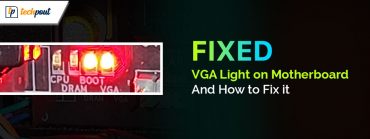4 Best Ways to Update Outdated Drivers Manually in Windows PC
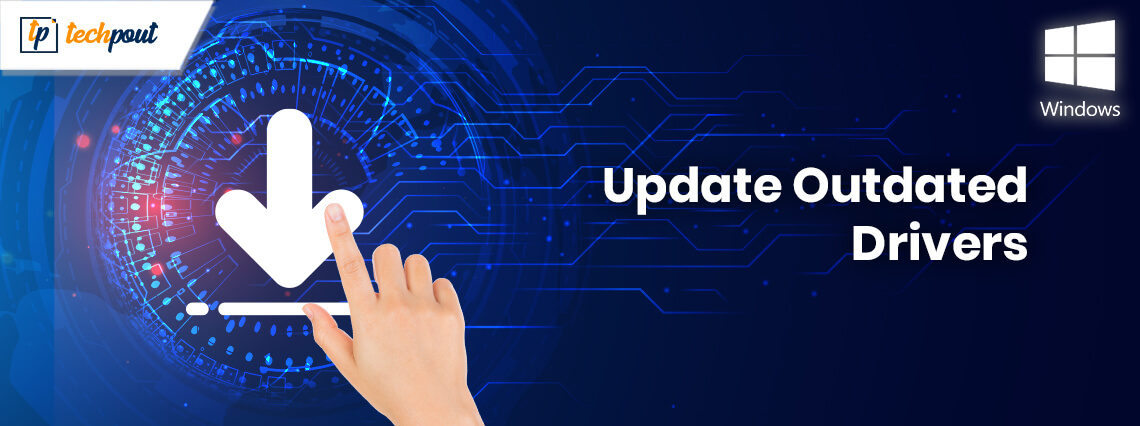
This guide highlights the effective ways to manually update outdated drivers in Windows 10, 11, and older versions too. Hence, go through the entire write-up to get a deep insight into it!
Are you frustrated because your Windows PC lags frequently? Malfunctions in the PC snatch the robustness of the system and make it vulnerable. But, have you ever tried to know why it happens? Some individuals said YES and a few individuals said NO. Possibly, if you’ve belonged to a tech background and have a piece of distinct knowledge about the tech vibes, then, it is a bit easy for you to track why it happens. But, for those who are a non-tech kind of person, it feels quite daunting to find the reason.
That is why we are here! Whether you are a newbie or an ace user, it is very crucial to know what component is essential to maintain the system’s effectiveness for as long as possible. It is nothing but drivers, don’t know if you are familiar with it or not. No worries, here you get to know everything about it.
Drivers are the utmost crucial component that makes the communication channels between the system and hardware equipment. And, to ensure effective communication you must keep your drivers updated or to the latest ones. Contrarily, if your drivers are corrupt, outdated, broken, missing, or there is any sort of malfunction in the drivers then it will snatch the effective performance of your system and result in frequent crashes. Hence, you must have to take care that your drivers are always associated with the most recent ones.
Now, let’s move on to the next section which will explain how to check outdated drivers. Later on, we’ll make our way toward the best ways to update outdated drivers, manually, on Windows PC.
How Do You Check If You Have Outdated Drivers Manually?
Monitoring whether you have an outdated driver, manually, is the handiest thing you can do with much ease through Windows in-built utility Device Manager. You just need to follow the below-listed instructions-
- Open up the Device Manager.
- Then, navigate the devices that are showing up with the yellow exclamation mark or triangle mark.
These are the devices that are associated with outdated, broken, or outdated drivers. That’s how you can check for outdated drivers using Device Manager. Now, let’s move ahead toward the effective methods to update the same!
Effective Ways to Update Outdated Drivers in Windows 10, 11 Manually
Below are the most convenient and highly effective ways that explain to you how to update outdated drivers manually on Windows 11/10/8/7.
#1 Update Outdated Drivers via the Official Website Manually
Step into the first way, if you are a pro user and know every bit then you can update outdated drivers manually by visiting the official website of the manufacturer. Below is how you can do it:
- Hit the Win and R key at a time to trigger the Run box.
- After this, type “devmgmt.msc” in the box that appeared and click on OK.
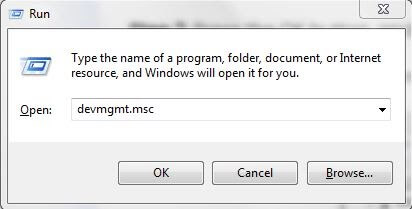
- Thereafter, the Device Manager window will appear, then, click on the device that you want to update.
- After expanding the device category that you wish to update, click on the Update Driver option.

- Then, choose Browse my computer for driver software.
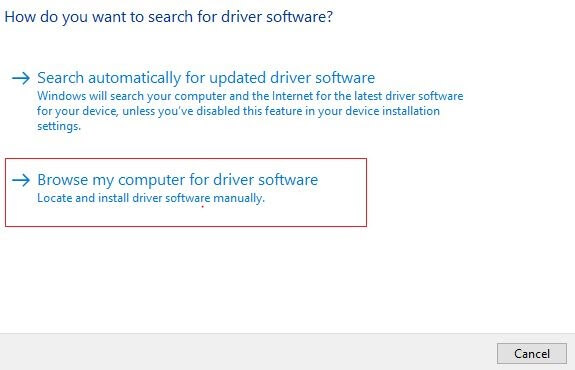
- Now, click on the Browse option and choose the downloaded driver file from your computer. And, don’t forget to checkmark the Include Subfolders and then hit the
- Next option to move ahead.
This is how to update outdated drivers on Windows 10/8/7 manually with ease using the official website of the manufacturer.
Read More: Fix Laptop Keyboard Not Working on Windows 10
#2 Update Outdated Drivers Manually using Windows in-built functionality i.e. Device Manager
Heading towards the next method, using Device Manager is the best way to update outdated drivers manually but easily and upgrade the functionality of your overall system. Here is how to do it!
- Click on the Start menu of your Windows and type Device Manager, then select the first desired outcome.
- After this, the Device Manager window will open then click on the Device that you want to update, for instance, imagine if your Keyboard drivers are outdated and you want to update them, then, simply click on Keyboard and expand it.
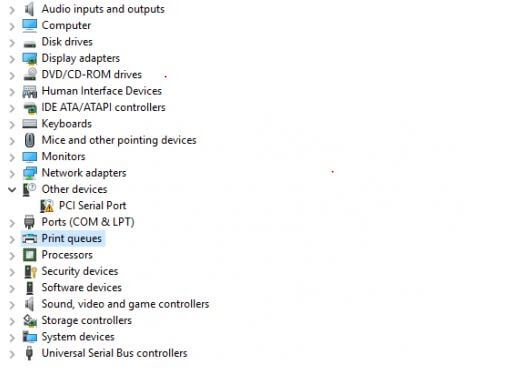
- Thereafter, right-click on the update driver option.
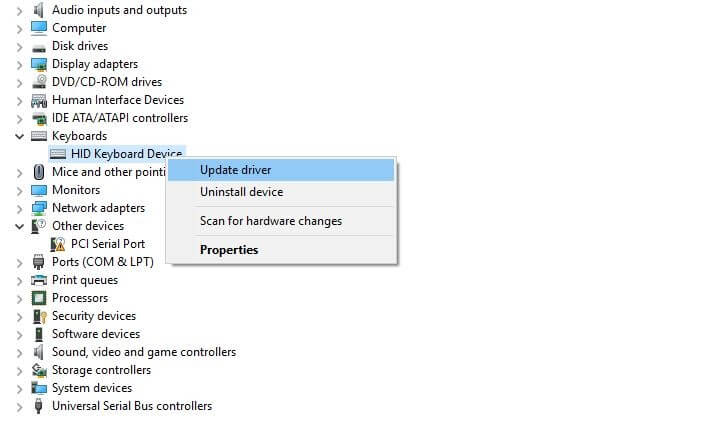
- Lastly, click on the Search Automatically for Updated Driver Software.
If there are any sort of updates then, Device Manager will automatically install it.
Read More: Install and Update Latest Canon Printer Drivers for Windows
#3 Update Device Drivers through the Windows Update
Through updating the windows version regularly, you can also update outdated drivers within just a few steps. It is the most reliable and accurate method which comes by default.
- Trigger your System Settings.
- Then, move to the Update & Security option.
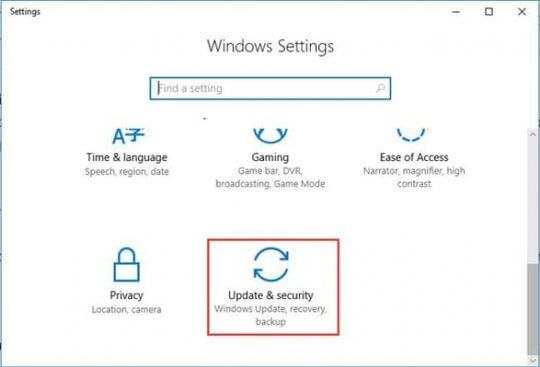
- Thereafter, click on the Windows Update option and then hit the Check for Updates option.
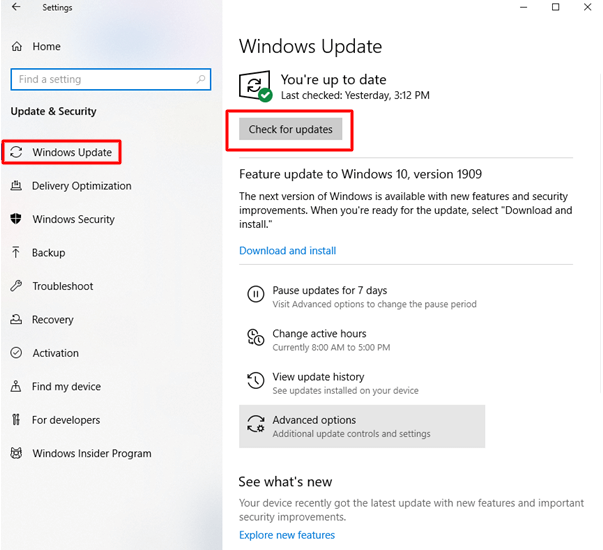
Once you are done with the above steps, then Windows will automatically install the new updates regarding the outdated drivers.
Read More: How To Increase Upload Speed On Internet
#4 Update Drivers Using Microsoft Catalog
Here’s another viable method to update outdated drivers manually using the Microsoft Update Catalog website. As the name of the website suggests, Microsoft Update Catalog is the official website of the house of the tech giant‒Microsoft. The website houses almost all the major device driver updates for your ease. Here, you will find drivers from the oldest to the newest (Windows 11) versions of Windows. To use the website and download drivers, you can follow the generic procedure provided below
- First, visit the official website of Microsoft Update Catalog.
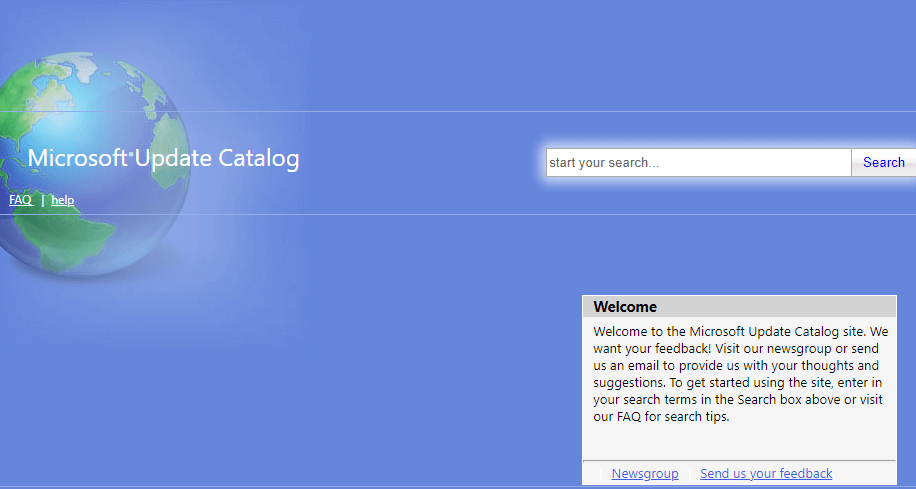
- On the website, type the name of the device driver that you want to update and click on Search.
- When the results appear, click on the suitable Download button (don’t forget to check the OS version).
- When the file downloads, double-click it to install the driver.
When the procedure is complete, your system will get the latest version of the driver. Restart the device to apply the changes.
Note :- If you’re not comfortable manually updating drivers, or if you’re unsure which ones need updating, consider using a driver updater tool. These tools can scan your system and automatically download and install the latest drivers. However, it’s important to choose a reputable driver update tool with good reviews, as some might install incompatible drivers.
Frequently Asked Questions on How to Update Outdated Drivers Manually
In the next section of this guide, we will have a look at some of the most commonly asked questions and their answers. These will help you get the required answers related to this guide:
Q.1 Can outdated drivers cause problems?
Yes, outdated drivers cause a lot of problems for you. When the driver is outdated, it may not communicate with the system properly and its respective device may not even respond to your commands properly or stop working altogether. Other similar problems may also appear and the performance of the system will surely take a hit.
Q.2 How do I update outdated drivers manually and for free on Windows 10, 11?
There are multiple methods that you can use to update manually outdated drivers for free on Windows 10, 11. These include:
- Using the official website of the manufacturer
- Take the help of the Device Manager
- Use Windows Update
- Take the help of a Microsoft Update Catalog
Q.3 Is it safe to update outdated drivers?
Yes, updating drivers manually can be safe if you have a good understanding of your hardware and driver requirements. However, finding and installing drivers manually can be time-consuming, especially if you have many outdated ones.
Concluding remarks
In sum, the above are the ways to update outdated drivers manually on Windows 10, 11. But, performing this task using the above methods is safe to opt for. If you’re not comfortable manually updating drivers, or if you’re unsure which ones need updating, consider using a driver updater tool. These tools can scan your system and automatically download and install the latest drivers. However, it’s important to choose a reputable tool with good reviews, as some might install incompatible drivers. That’s all for now, hopefully, you’ve liked our penned note. If yes, then don’t forget to share it with your friends.


